Please consider distributing this newsletter to others.
https://uarizona.co1.qualtrics.com/jfe/form/SV_cMhZ82JodDKJgCa
Shaku Nair, Dawn H. Gouge, Shujuan Li, Ursula Schuch
University of Arizona
Roof rats (also known as black rats, sewer rats or ship rats) are medium sized, slender dark-brown to black colored rodents with a long scaly tail almost always longer than the body (Figure 1). Adults measure about 12 inches from nose to tail, the body alone is 5-7 inches in length. They are heavier built than house mice. Their bodies are mostly covered with untidy dark brown, dark grey or black fur with lighter underside, with no demarcation between the upper and lower sides. They have pointed muzzles, large black eyes, large and almost hairless ears that can be pulled over the eyes; and a long, hairless, tail as long as or longer than body, with annulations (rings). Roof rats move by walking or running on all four legs, but they can also stand on their two hind feet. They can squeeze through openings as small as ½ inch in diameter, and prefer to maintain contact with vertical surfaces such as walls.
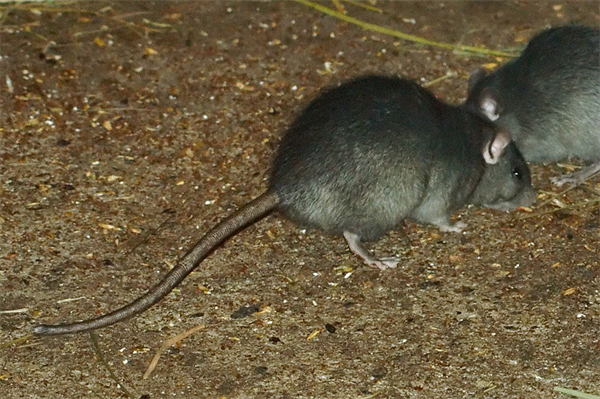
Figure 1. Roof rats have black, dark brown or gray fur and a long, scaly tail.
Photo: Kilessan.
They are agile runners and climbers, and can easily and swiftly climb up trees and other rough, vertical surfaces, and even run along overhead electric wires and utility lines using their tail for balance. As with house mice, roof rats are seldom seen during the daytime and tend to avoid light. However, signs such as foot prints, chew/gnaw marks, oily rub marks, droppings and urine, hair, and chewed up paper, cloth or wood, are indicative of their presence. Adult roof rats can be confused with brown/Norway rats, and young ones with house mice. Figure 2 provides tips for quick differentiation between the species. Droppings can be helpful when identifying the species, but are not conclusive, especially when viewed alone. Figure 3 provides useful tips for identification of rodent droppings.
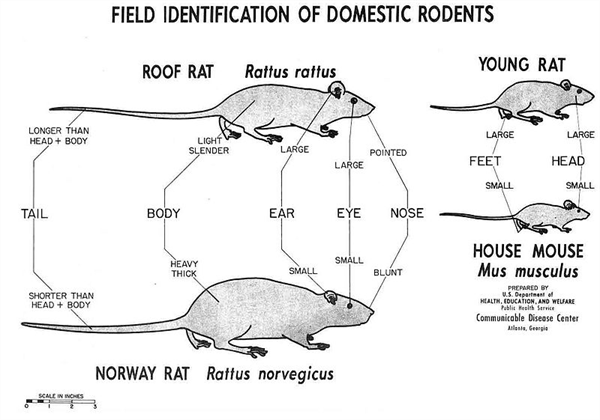
Figure 2. Field identification of domestic rodents
Photo: U.S. Department of Health, Education and Welfare.
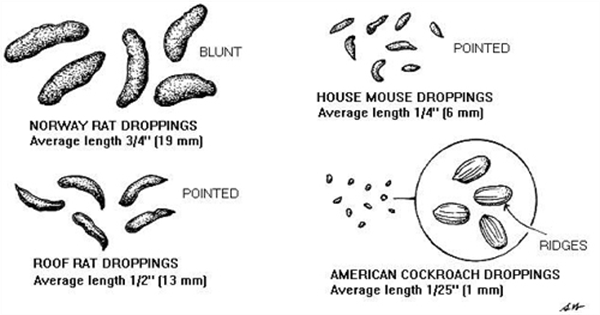
Figure 3. Field identification of rodent vs. cockroach droppings
Photo: EPA, www2.epa.gov/sites/production/files/documents.
Sensitive environments (schools, childcare, medical and assisted-living facilities) house vulnerable populations such as children, the ill or elderly. The value of trees and natural areas in promoting good health, healing and general well-being is widely documented. Prevalence of pests, such as rodents, sometimes leads to drastic measures including severe pruning or even complete removal of plants or trees, to avoid providing habitat, food, and water resources to these pests. However, it is possible to manage these pests effectively and still have a beautiful landscape.
Do fruit and nut trees encourage or support rodent pest populations?
This is a common concern with homeowners and landscape managers. Many rodents feed on a variety of plant materials such as seeds, flowers, leaves, roots and bark, not just fruits and nuts. They also forage in and around buildings and dumpsters to utilize different food resources. Studies have shown that neither roof rat density nor number of plant species in the diet is correlated with the number of available food plant species in the environment. Thus, removal of trees or specific plants will not serve to reduce existing rodents or prevent new ones from becoming established.
However, proper landscape management can help to keep rodents and other pests away.
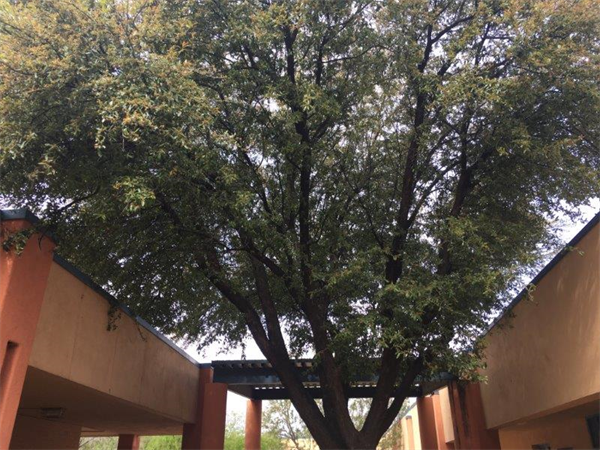
Figure 4. Landscape tree branches provide entryways to rodents when they touch building walls.
Photo: Shujuan Li.
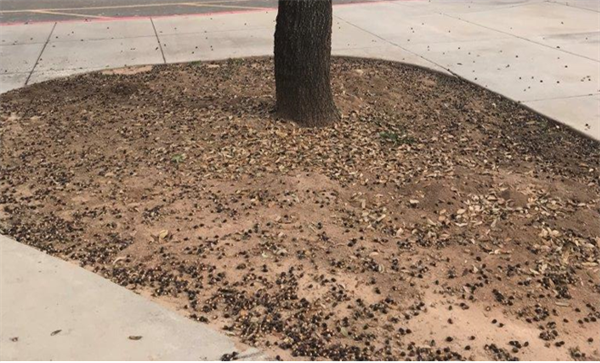
Figure 5. Fallen fruit and nuts serve as food for roof rats and other rodents.
Photo: Dawn H. Gouge.
|
Integrated pest management (IPM) is the best approach to managing roof rats and other rodents in sensitive environments. |
1) Recognize signs of rodent activity.
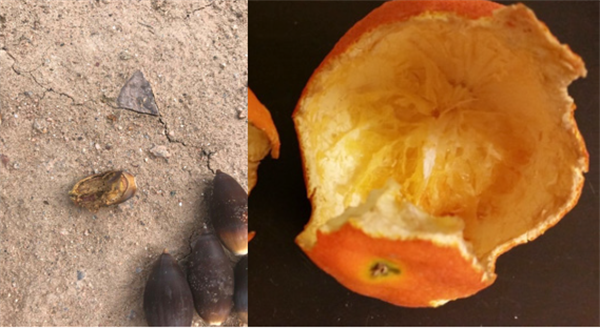
Figure 6. Chewed or gnawed fruit and nuts are signs of rodent activity.
Photo: Dawn H. Gouge.
2) Correct pest identification. Different rodents may be encountered in community environments, but roof rats are usually the most problematic in landscapes. Read more about them at: https://tinyurl.com/y49hdoqj, page 173.
3) Monitoring for rodent activity. Educate and encourage site management staff to recognize and report sightings of signs. Regular inspection of buildings for entry points and timely pest proofing is essential.
4) Removal of existing rodents and remediation of contaminated areas inside buildings. This is a public health priority and a task that should be done by designated, trained staff or pest management service providers. Severe rodent infestations indoors can result in large amounts of rodent feces, urine and fallen hair, as well as hoarded food material.
5) Waste management. Dumpsters and external trash receptacles are primary commensal rodent attractors to buildings (Figure 7). Dumpster lids should be kept closed at all times. Dumpsters should be steam cleaned at least 2 times each year, and placed on a concrete slab which is maintained clean and clear of debris. Dumpsters should be at least 50 feet from the building, but are often located too close to buildings.
6) Exclusion. Preventing rodents from gaining access to building interiors MUST be undertaken concurrently to the above steps.
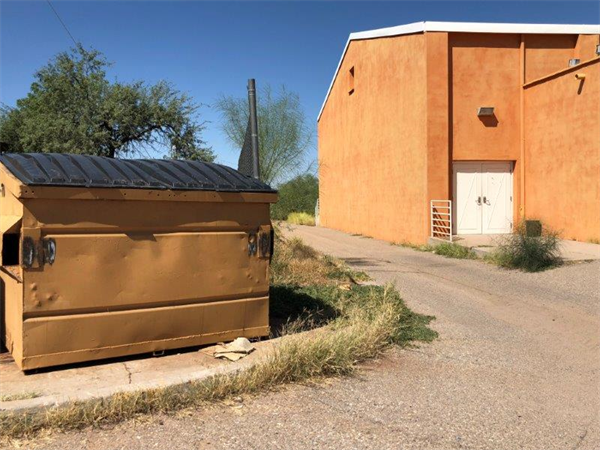
Figure 7. Waste management is critical to rodent management in sensitive
sites. Dumpsters should be at least 50 feet from buildings.
Photo: Shaku Nair.
|
Three important things to remember regarding
|
Further information:
The above information is available online as an IPM short. Read or download it here: https://acis.cals.arizona.edu/docs/default-source/ipm-shorts/roofratstrees-v6-fa2ca77ab8f85540108c4fa43ef402939b.pdf?sfvrsn=6c2025c5_0
Ever seen an earthworm that was wrigglier and moved way faster than other earthworms? You may have seen a jumping worm!
The term “jumping worm” could refer to different species of earthworms in the genus Amynthas (or incorrectly to other worms encountered in the soil). The name comes from their vigorous wriggling and jumping movements when disturbed, as compared to other common species of earthworms (e.g., the common earthworm Lumbricus terrestris). True jumping worms are considered an invasive species, and have been reported in several eastern and northern states in the USA. Not only do they move faster than other earthworms, but they also convert soil litter faster and reproduce faster too. Thus, they could rapidly outcompete existing earthworm and other soil-dwelling invertebrates and bring about significant changes in the soil structure and ecosystem.
Jumping worms (Amynthas spp.) are spreading to new regions in the U.S. so it is good to be aware and on the lookout for them. If you think you have encountered jumping worms in your landscape, your local Cooperative Extension Office might be able to help getting them identified.
Read more about jumping worms here:
“Fairy rings” refer to the occasional circular or arc shaped patches of turf that may appear darker and thicker than the rest of the grass. Sometimes these patches are bordered with yellow or tan, or a ring of dead grass, and occasionally, mushrooms grow around the edges of the ring.
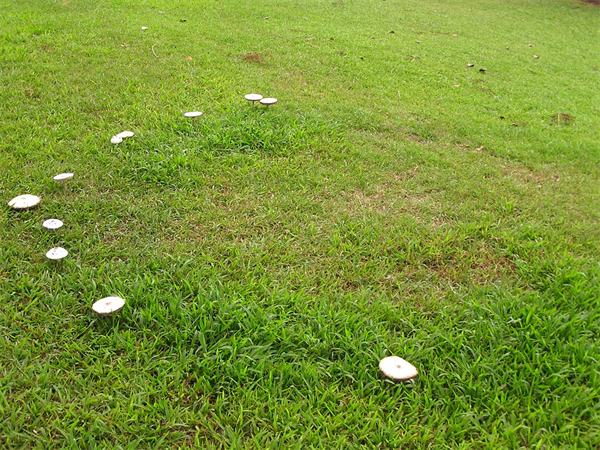
Figure 8. Fairy ring with mushrooms in turf.
Photo: Scott Nelson.
Fairy rings can be caused by different species of fungi. The fungi grow and spread feeding on soil organic matter, leaving behind waste matter which is used by the grass (making it look greener). Fairy rings grow in circumference every year and can last for several years if left undisturbed and favorable conditions prevail. Occasionally, the fungi release a toxin or in some cases, their mycelia repel water, resulting in yellow or dead areas in the circle.
Fairy rings can occur in any type of turf but are more common in poorly managed turf that is stressed and low in nutrients, and high in organic matter and soil moisture. They are usually undesirable in well-maintained turf for aesthetic purposes, but they are not a serious threat to general turf health. They can be managed by proper turf maintenance including timely aeration, removing fallen leaves and debris to reduce organic matter buildup, and hand watering dead spots. Fungicide applications may be needed for persistent and recurring fairy rings.
Many species of edible mushroom-forming fungi grow in turf, but some species are highly toxic including some species that form “fairy rings”. It is not advisable to consume these mushrooms without getting them correctly identified.
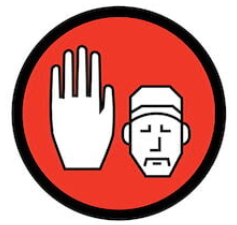
On what pesticide-related sign can you see this image?
Answer: Keep Out or No Entry signs notifying about areas where pesticide applications are taking place, or where restricted-entry intervals (REIs) are in effect. Read more here: https://www.epa.gov/pesticide-worker-safety/notice-workers-about-pesticide-applications-and-pesticide-treated-areas
No Master Pest Detectives this time.
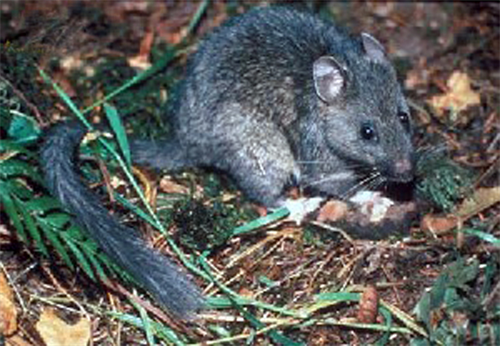
If you know the answer, email Dawn at dhgouge@arizona.edu. You will not win anything if you are correct, but you will be listed as a “Master Pest Detective” in the next newsletter issue.
Registration Open! Pest Management and Pesticide Safety Seminars for Turf and Landscapes, organized by the UA Turfgrass Science Program and Arizona Pest Management Center.
New location added! Friday, November 15th at Controlled Environment Ag Center, 1951 E Roger Rd, Tucson, AZ 85719.
Thursday, November 21st at Ocotillo Golf Club Pavilion, 3751 S. Clubhouse Drive, Chandler AZ 85248.
Friday, November 22nd at Lecture Hall, Recreation Centers of Sun City West, 19803 R.H. Johnson Blvd, Sun City West, AZ 85375.
All events will feature the same content, with presentations by experts on various aspects of turf and landscape pest management and pesticide safety. Six AZ Dept. of Ag. ESD (Ag.), PMD (OPM) and GCSAA CEUs approved!
Please note – The event will earn you 6 CEUs only and you only need to attend one day. Attending on multiple days will not earn double or triple the number, because the course is the same.
Register here: https://www.eventbrite.com/e/2024-pest-management-and-pesticide-safety-for-turf-landscape-tickets-1044290289367
EPA Webinars about Integrated Pest Management
Upcoming webinar: INTEGRATED PEST MANAGEMENT FOR ARBORISTS AND FORESTERS (90-minute webinar). Tue, Nov 19, 2024 12:00 PM - 1:30 PM MST.
Warren Buffet said, “Someone is sitting in shade today because someone planted a tree a long time ago.” Keeping trees healthy and free from pests using integrated pest management is a delicate science of both understanding tree species and the pests that are harming them. This webinar will provide information on common symptoms of unhealthy trees, options for treating the issues, and IPM-based tactics, including biopesticides, for controlling various key tree pests. We will focus on IPM approaches to maintenance and pest management for trees in urban, suburban, and park settings. Register at https://register.gotowebinar.com/register/4159455127493061982
View recordings of archived EPA Integrated Pest Management Webinars at https://www.epa.gov/managing-pests-schools/upcoming-integrated-pest-management-webinars.
For more information about the EPA Schools program: http://www.epa.gov/schools/
What’s Bugging You? First Friday Events (New York State IPM Program)
Fridays | 12:00 pm. – 12:30 p.m. EDT | Zoom | Free but registration required.
In this monthly virtual series, we explore timely topics to help you use integrated pest management (IPM) to avoid pest problems and promote a healthy environment where you live, work, learn and play. What is IPM? It's a wholistic approach that uses different tools and practices to not only reduce pest problems, but to also address the reasons why pests are there in the first place. Each month, our speakers will share practical information about how you can use IPM. Register for upcoming events.
What’s Bugging You First Friday events are also available in Spanish. Individuals interested in these events can find more information on this website: https://cals.cornell.edu/new-york-state-integrated-pest-management/outreach-education/events/whats-bugging-you-webinars/conozca-su-plaga
Urban and Community IPM Webinars (Host: University of California)
UC Statewide IPM Program Urban and Community webinar series is held the third Thursday of every month to teach about pest identification, prevention and management around the home and garden. This series is free but advanced registration is required. Dates and topics below, all begin at noon Pacific. https://ucanr.edu/sites/ucipm-community-webinars/
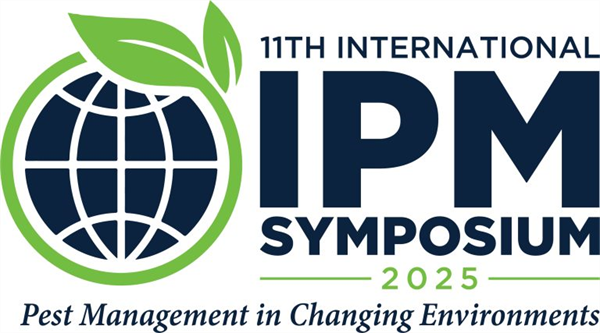
The next International IPM Symposium will be held March 3-6, 2025, at Paradise Point in San Diego.
To make the content more meaningful, prospective attendees are being asked to full out a three-question survey about potential public health, community and structural IPM topics they'd like to hear more about at the symposium.
To view previous University of Arizona newsletters, visit: https://acis.cals.arizona.edu/community-ipm/home-and-school-ipm-newsletters.
Acknowledgements
This material is in part funded by the National Institute of Food and Agriculture, U.S. Department of Agriculture, under award number 2021-70006-35385 that provides Extension IPM funding to the University of Arizona. Any opinions, findings, conclusions, or recommendations expressed in this publication are those of the authors and do not necessarily reflect the views of the U.S. Department of Agriculture or those of other funders.
We respectfully acknowledge the University of Arizona is on the land and territories of Indigenous peoples. Today, Arizona is home to 22 federally recognized tribes, with Tucson being home to the O’odham and the Yaqui. Committed to diversity and inclusion, the University strives to build sustainable relationships with sovereign Native Nations and Indigenous communities through education offerings, partnerships, and community service.